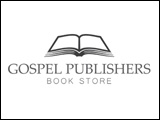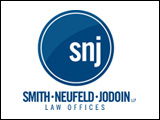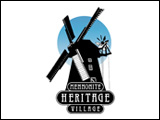Farmers at Keystone Agricultural Producers advisory council meeting this past week called for the province to address flooding on Lake Manitoba and in the Assiniboine River Valley – both situations caused by the same problem.
Delegates passed a resolution urging the province to expedite the construction of a channel at the north end of Lake Manitoba to allow water to flow into Lake Winnipeg. Farmers surrounding the lake are regularly flooded when the Portage Diversion is opened to divert water from the Assiniboine River into lake Manitoba in order to protect communities east of Portage.
A farmer from further west and upstream, meanwhile, urged the province to compensate producers along the Assiniboine River Valley for flooding that will occur this spring as a result of a late water release into the Assiniboine from the Shellmouth Reservoir. Stan Cochrane, president of the Assiniboine Valley Producers Association, says the province waited too long to release water from the reservoir, and now producers from the Shellmouth Dam to St. Lazare will be flooded.
Both the reservoir and the dam were constructed to control water flow from Saskatchewan.
“I’m told that holding the water back until it threatens to run over the dam’s spillway creates a real flood situation, whereas letting the water out sooner would have created a man-made situation,” said Dan Mazier, president of KAP. “There would have been fewer farmers flooded in the second scenario, but the province would have had to compensate them. In the case of a natural flood, which we now have, the province does not have to provide compensation.”
KAP delegates passed a number of resolutions at the meeting, including a call for the federal government to change the timing of the agricultural census from May to a winter date.
“This is one of the busiest times of year for farmers, and they simply don’t have the time to fill out a lengthy census form,” said Mazier. “By law, we’re required to do so, and many of us are being taken to task on our cellphones as we are in our tractors trying to seed our crops.”
Another resolution urged better federal labelling of honey, to differentiate between an all-Canadian product and one that is a blend of honey from different sources. Currently, honey blended in Canada can be called Canada # 1 White, even though it may contain minimal amounts of Canadian-produced honey.



